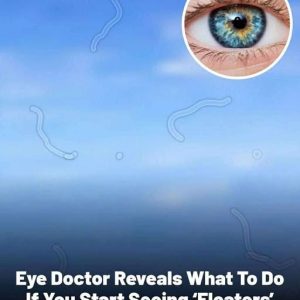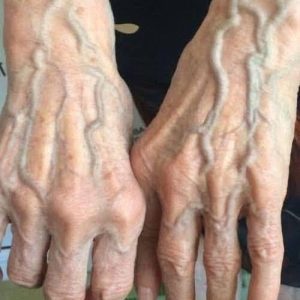Austrian startup Tec‑Innovation, in collaboration with Graz University of Technology (TU Graz), has developed a groundbreaking assistive footwear technology called InnoMake, aimed primarily at visually impaired, blind, and elderly users. The core system uses ultrasonic sensors mounted on the toes of the shoes to detect obstacles up to about 4 meters (13 feet) ahead. When the sensors pick up an obstruction, the shoe alerts the user via vibrations (haptic feedback), acoustic signals (via a connected smartphone), and visual LED cues for those with low vision. The design is housed in a waterproof, dust‑resistant casing that also contains the battery, processing unit, and wireless link.
The current InnoMake system is already available as a medical‑device certified product in Europe, priced at about €3,200 (roughly US $3,840 for a pair). Tec‑Innovation and the research team are working on an advanced version that incorporates a camera module and AI / deep learning algorithms. The aim is to let the camera data complement the ultrasonic sensors—so that the system can distinguish between different obstacles (a wall, a pothole, stairs) and better identify safe walking paths. Further, the developers envision aggregating data from many users to build obstacle maps (similar to street view) to warn future users of hazards in urban areas.
While promising, the technology is not without limitations. Some types of hazards—such as stairs, holes, or downward terrain—can be harder to detect reliably with only ultrasonic sensors. The camera/AI extension is intended to help with precisely those cases. Also, the system includes smart controls: users can adjust detection range via buttons or app, and the device can pause alerts when the user is standing still (e.g. waiting in line).
In sum, InnoMake represents a significant leap in assistive technology for the visually impaired—transforming shoes into real‑time navigation aids. The current version offers obstacle detection via ultrasonic sensing, while future versions aim to add AI-powered camera context. If successful, InnoMake could provide greater autonomy and safety for visually impaired users in everyday environments.



